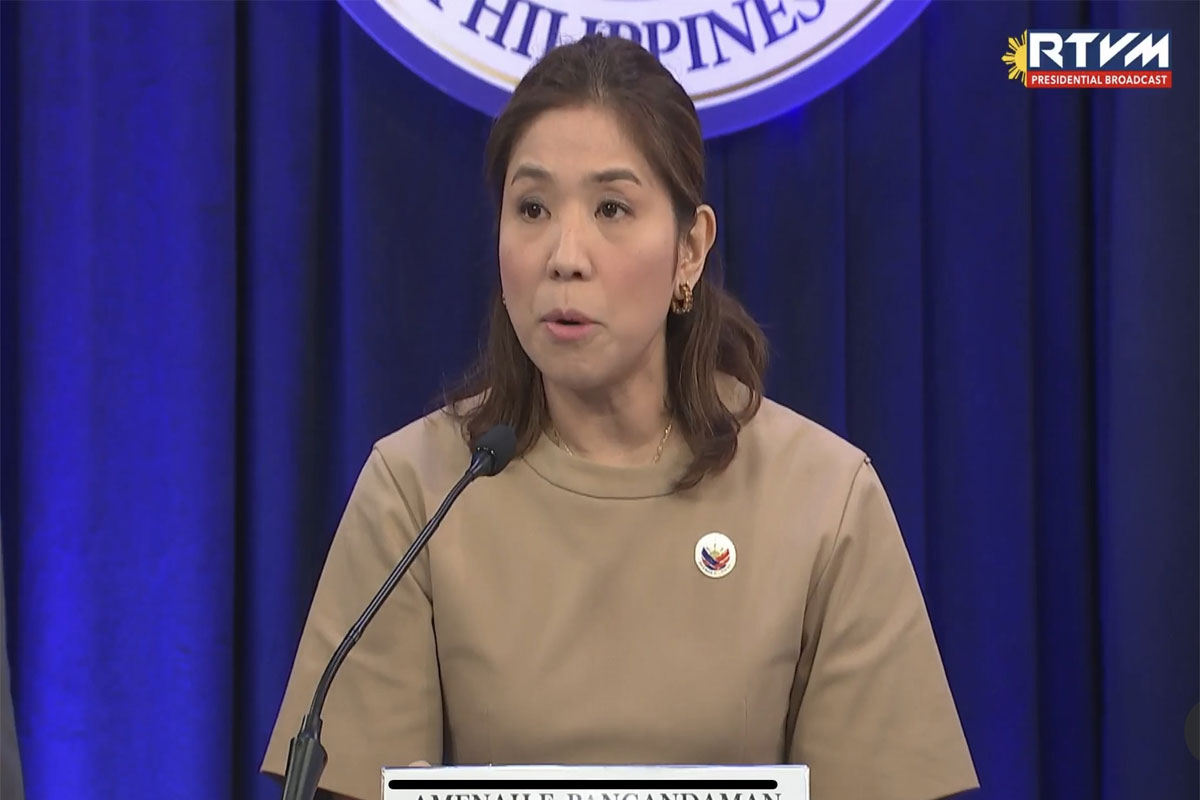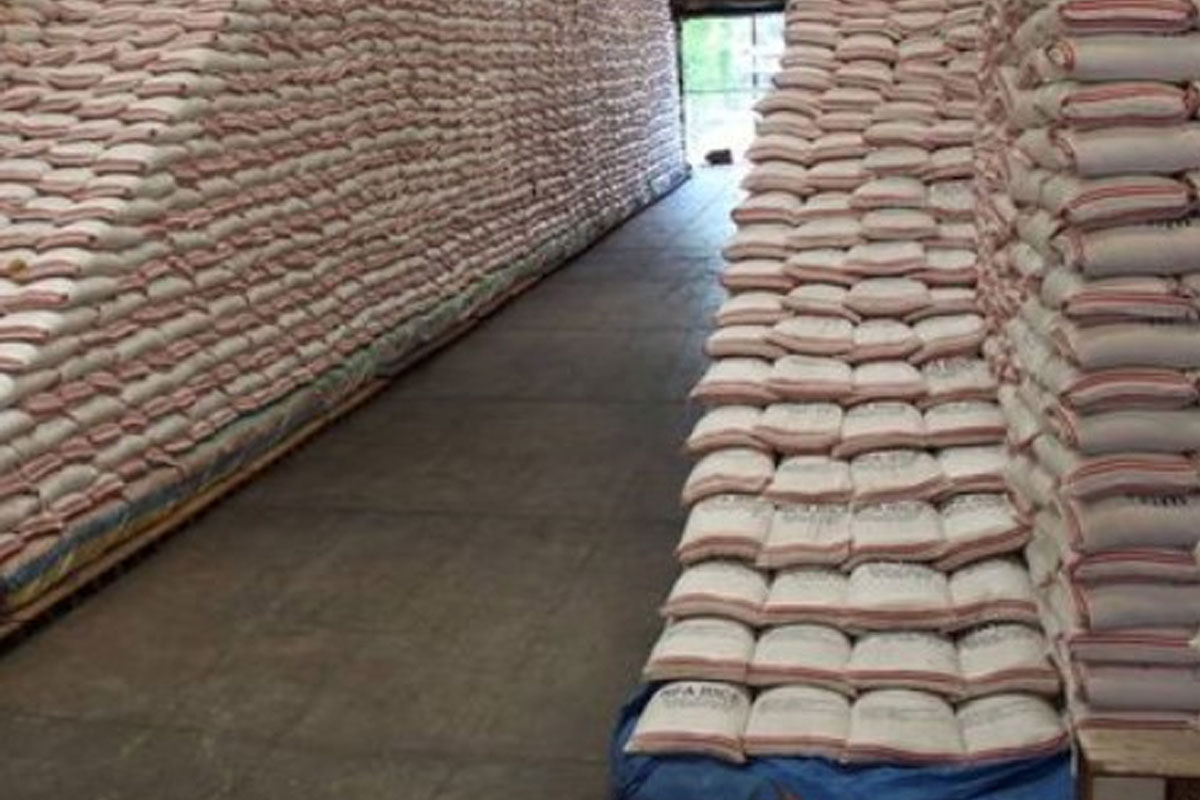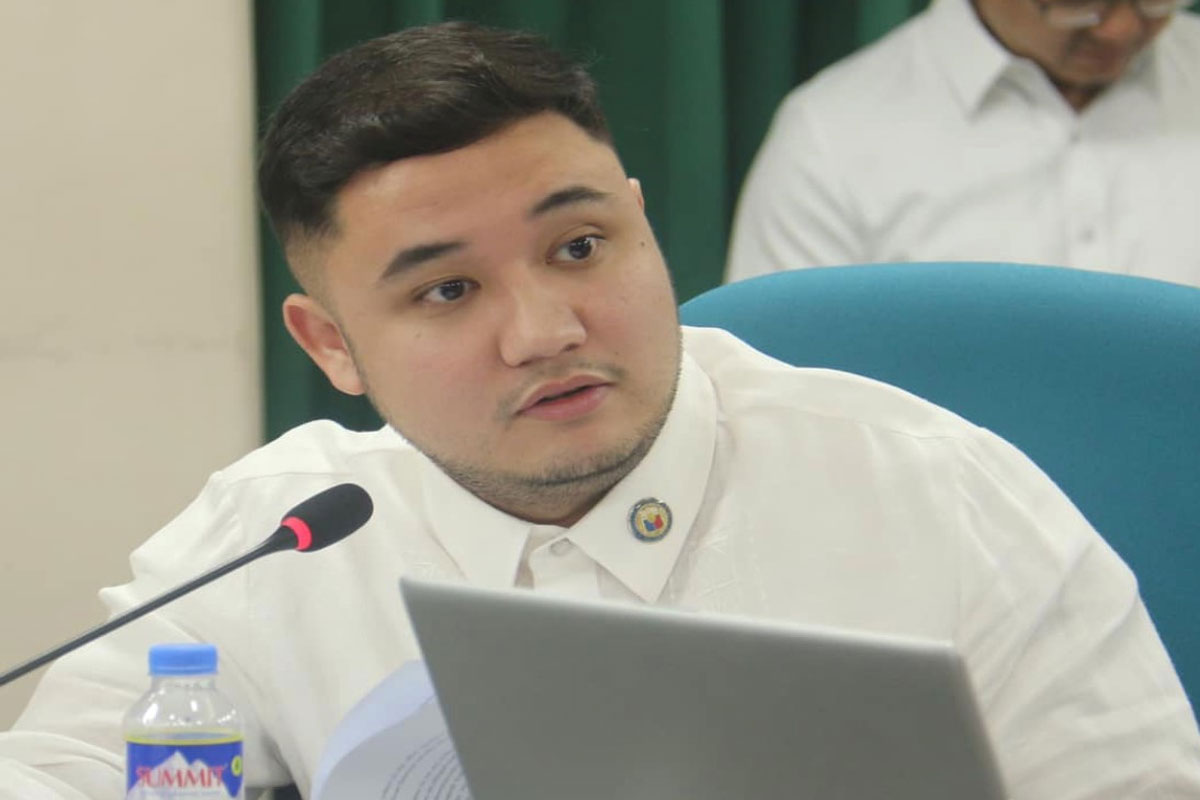
WHO alerts health authorities on ‘clusters’ of respiratory illness in children in China
 REPORTS of clusters of unexplained pneumonia among children in multiple cities in China made headlines this week. Yet Chinese authorities and close watchers of the situation say the rise in illness is likely linked to known threats circulating after the country lifted public health restrictions — not a new pathogen.
REPORTS of clusters of unexplained pneumonia among children in multiple cities in China made headlines this week. Yet Chinese authorities and close watchers of the situation say the rise in illness is likely linked to known threats circulating after the country lifted public health restrictions — not a new pathogen.
WHO has made an official request to China for detailed information on an increase in respiratory illnesses and reported clusters of pneumonia in children. China has systems in place to capture information on trends in influenza, influenza-like illnesses, RSV, and SARS-CoV-2, and reports to platforms such as the Global Influenza Surveillance and Response System.
At a press conference on November 13, 2023, Chinese authorities from the National Health Commission reported an increase in incidence of respiratory diseases in China.
Chinese authorities attributed this increase to the lifting of COVID-19 restrictions and the circulation of known pathogens such as influenza, mycoplasma pneumoniae (a common bacterial infection which typically affects younger children), respiratory syncytial virus (RSV), and SARS-CoV-2 (the virus that causes COVID-19).
Authorities stressed the need for enhanced disease surveillance in healthcare facilities and community settings, as well as strengthening the capacity of the health system to manage patients.
China also maintained a zero-COVID policy for several years, only lifting strict restrictions at the end of 2022. Since then, various respiratory viruses have started circulating again, noted Dr. Zain Chagla, an infectious diseases specialist with McMaster University in Hamilton, Ontario.
On November 21, media and Program for Monitoring Emerging Diseases (ProMED) reported clusters of undiagnosed pneumonia in children in northern China. It is unclear if these are associated with the overall increase in respiratory infections previously reported by Chinese authorities, or separate events.
On November 21, WHO requested additional epidemiologic and clinical information, as well as laboratory results from these reported clusters among children, through the International Health Regulations mechanism.
The WHO said the data showed a rise in illness since October that is linked to the circulation of several well-known viruses: influenza, adenovirus, and respiratory syncytial virus (RSV). It also showed increased illness since May linked to Mycoplasma pneumoniae. The bacteria causes a common childhood infection and is known for a mild form of disease called atypical pneumonia, often called walking pneumonia.
They have also requested further information about recent trends in the circulation of known pathogens including influenza, SARS-CoV-2, RSV and mycoplasma pneumoniae, and the current burden on health care systems.
WHO is also in contact with clinicians and scientists through existing technical partnerships and networks in China.
Since mid-October 2023, WHO has been monitoring data from Chinese surveillance systems that have been showing an increase in respiratory illness in children in northern China.
That includes both Beijing and Liaoning, two cities nearly 700 kilometres apart that were highlighted in a Tuesday alert from the Program for Monitoring Emerging Diseases (ProMED). The public infectious disease surveillance system described clusters of undiagnosed pneumonia cases among children, based on a report from a news station in Taiwan.
While WHO seeks this additional information, we recommend that people in China follow measures to reduce the risk of respiratory illness, which include recommended vaccination; keeping distance from people who are ill; staying home when ill; getting tested and medical care as needed; wearing masks as appropriate; ensuring good ventilation; and regular hand-washing.
WHO held a teleconference with Chinese health authorities in which they provided requested data on respiratory illnesses among children in Northern China.The data indicates an increase in outpatient consultations and hospital admissions of children due to Mycoplasma pneumoniae pneumonia since May, and RSV, adenovirus and influenza virus since October.
Some of these increases are earlier in the season than historically experienced, but not unexpected given the lifting of COVID-19 restrictions, as similarly experienced in other countries.
WHO is closely monitoring the situation and is in close contact with national authorities in China. Chinese health authorities didn’t report any changes in symptoms and said there has been “no detection of any unusual or novel pathogens.”
A novel pathogen would likely strike the entire population at once due to its huge population and the low level of vaccination and prolonged lockdowns. The early details from China suggest primarily children are impacted and these are a vulnerable group of patients.
American pediatrician and vaccine scientist Dr. Peter Hotez said younger age groups may simply lack immunity from exposure to viruses and bacteria that commonly circulate, but were kept at bay over the last few years. Other countries that started lifting public health restrictions earlier also experienced surges of various infections in the months that followed.
Outbreaks take hold in the world’s most vulnerable areas – countries with few resources to stem the tide of infection before it reaches our shores. When a pathogen can travel from a remote village to major cities on all continents in 36 hours, the threat to our national security is greater than ever.
WHO will continue to provide updates as warranted to avert another epidemic.
We must be vigilant and proactive. There’s no room for complacency!
Infectious disease continues to cause high morbidity and mortality throughout the world, particularly in developing countries.
Focus or fail.
###
Anthony C. Leachon, M. D.
Independent Health Reform Advocate
Past President ,
Philippine College of Physicians
Department of Internal Medicine
Manila Doctors Hospital






















